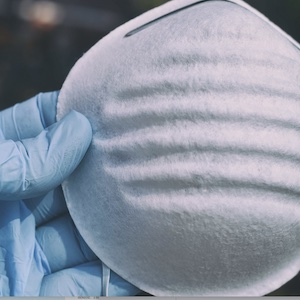The experience of COVID-19 ward’s patients: a narrative medicine approach

All claims expressed in this article are solely those of the authors and do not necessarily represent those of their affiliated organizations, or those of the publisher, the editors and the reviewers. Any product that may be evaluated in this article or claim that may be made by its manufacturer is not guaranteed or endorsed by the publisher.
Authors
Narrative Medicine approach has increased in popularity in the medical context as an effective model to approach their patients’ experiences of illness with more understanding and compassion, offering fresh opportunities for empathic, respectful, and nourishing medical care. The goal of our work has been to study the overall experience of COVID-19 patients, putting the personal dimension at the center of the dialogue and the ability to acknowledge, absorb, interpret, and act on the stories and plights of others. Firstly, we considered their reaction to the consequences of the Lockdown, then we asked if they were fearful of potentially being infected, and finally, we asked about their illness and arrival at the hospital, having little to no information about their future. The interdisciplinary intersection between neuropsychology, micro-sociology of health, and physical and rehabilitative medicine has made it possible for us to report the following experience, providing new insights on the pre-existent doctorpatient relationship and the importance of hospitalization stories, for humane and effective medical practice.
How to Cite

This work is licensed under a Creative Commons Attribution-NonCommercial 4.0 International License.
PAGEPress has chosen to apply the Creative Commons Attribution NonCommercial 4.0 International License (CC BY-NC 4.0) to all manuscripts to be published.






